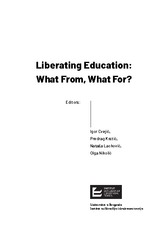Приказ основних података о документу
Neo-National Romanticism in Serbian Education: Comparing Romantic- -National and Recent Serbian History Textbooks
| dc.contributor | Krstić, Predrag | |
| dc.contributor | Cvejić, Igor | |
| dc.contributor | Lacković, Nataša | |
| dc.contributor | Nikolić, Olga | |
| dc.creator | Pavlović, Aleksandar | |
| dc.creator | Ilić Rajković, Aleksandra | |
| dc.date.accessioned | 2022-02-28T11:54:01Z | |
| dc.date.available | 2022-02-28T11:54:01Z | |
| dc.date.issued | 2021 | |
| dc.identifier.isbn | 978-86-80484-79-2 | |
| dc.identifier.uri | http://rifdt.instifdt.bg.ac.rs/123456789/2510 | |
| dc.description.abstract | This paper investigates the influence of a neo-romantic national model of education and the extent to which it resurfaced in Serbia after the breakup of communism as the official Yugoslav ideology and the rise of nationalism from the 1990s onwards. In the first part of this paper, we will outline a Romantic-national concept of education as it has been in use in Serbia. Even though the education of students in the spirit of nationalism has a long history, nation-oriented educational policy – which already proved productive in Italy and Germany – started being systematically employed in Serbia only after the full international recognition of its independence in 1878 and the process of modernization that followed it. The reform of the educational system that followed in 1882 saw the introduction of mandatory education and was an integral part of that process. Given that according to contemporary Serbian pedagogues, such as Stojan Novaković, education in the age of nations should likewise be national, school as a vital social institution has become one of the key factors of this form of education, as elsewhere in Europe at the time. In addition, reports from discussions and debates regarding curriculums and school programmes exemplify that Serbian teachers and their associations held similar views. In the pre-WWI Serbian textbooks, the pupils were thereby taught that language is the basic and obvious proof of common origin and past, that the nation is a natural form of grouping of people, and that all those speaking the same language wish to – and should – live in their national state. These tendencies will be examined and illustrated by the History Reader of Mihailo Јоvić, which occupies a privileged place in Serbian pedagogy as one of the most lasting textbooks in the Serbian educational history overall. Written in 1882 during the aforementioned educational reform, Jović’s textbook served as the absolutely dominant history schoolbook prior to WWI, remained in use throughout the interwar years and even during WWII, and had dozens of editions. In the second part of the paper, we compare these Romantic-national ideas of education with the current Serbian history readers for primary and secondary schools. In particular, we compare how historical events that promoted fixed national identity in the Romantic textbooks are presented in the contemporary ones. Do the current ones advance critical or celebratory views towards the tradition? Does the selection of events and their depiction employed in the current textbooks advance critical and international spirit or still (implicitly) promote Romantic values, and what does it tell us about (former and current) Serbian educational system? | sr |
| dc.language.iso | en | sr |
| dc.publisher | Beograd : Institut za filozofiju i društvenu teoriju | sr |
| dc.relation | info:eu-repo/grantAgreement/MESTD/inst-2020/200025/RS// | sr |
| dc.rights | openAccess | sr |
| dc.rights.uri | https://creativecommons.org/licenses/by-nc-nd/4.0/ | |
| dc.source | Liberating Education: What From, What For? | sr |
| dc.subject | romantic nationalism | sr |
| dc.subject | education | sr |
| dc.subject | pedagogy | sr |
| dc.subject | serbian textbooks | sr |
| dc.subject | Mihailo Jovic | sr |
| dc.title | Neo-National Romanticism in Serbian Education: Comparing Romantic- -National and Recent Serbian History Textbooks | sr |
| dc.type | bookPart | sr |
| dc.rights.license | BY-NC-ND | sr |
| dc.citation.spage | 223 | |
| dc.citation.epage | 243 | |
| dc.type.version | publishedVersion | sr |
| dc.identifier.fulltext | http://rifdt.instifdt.bg.ac.rs/bitstream/id/8864/bitstream_8864.pdf | |
| dc.identifier.rcub | https://hdl.handle.net/21.15107/rcub_rifdt_2510 |

